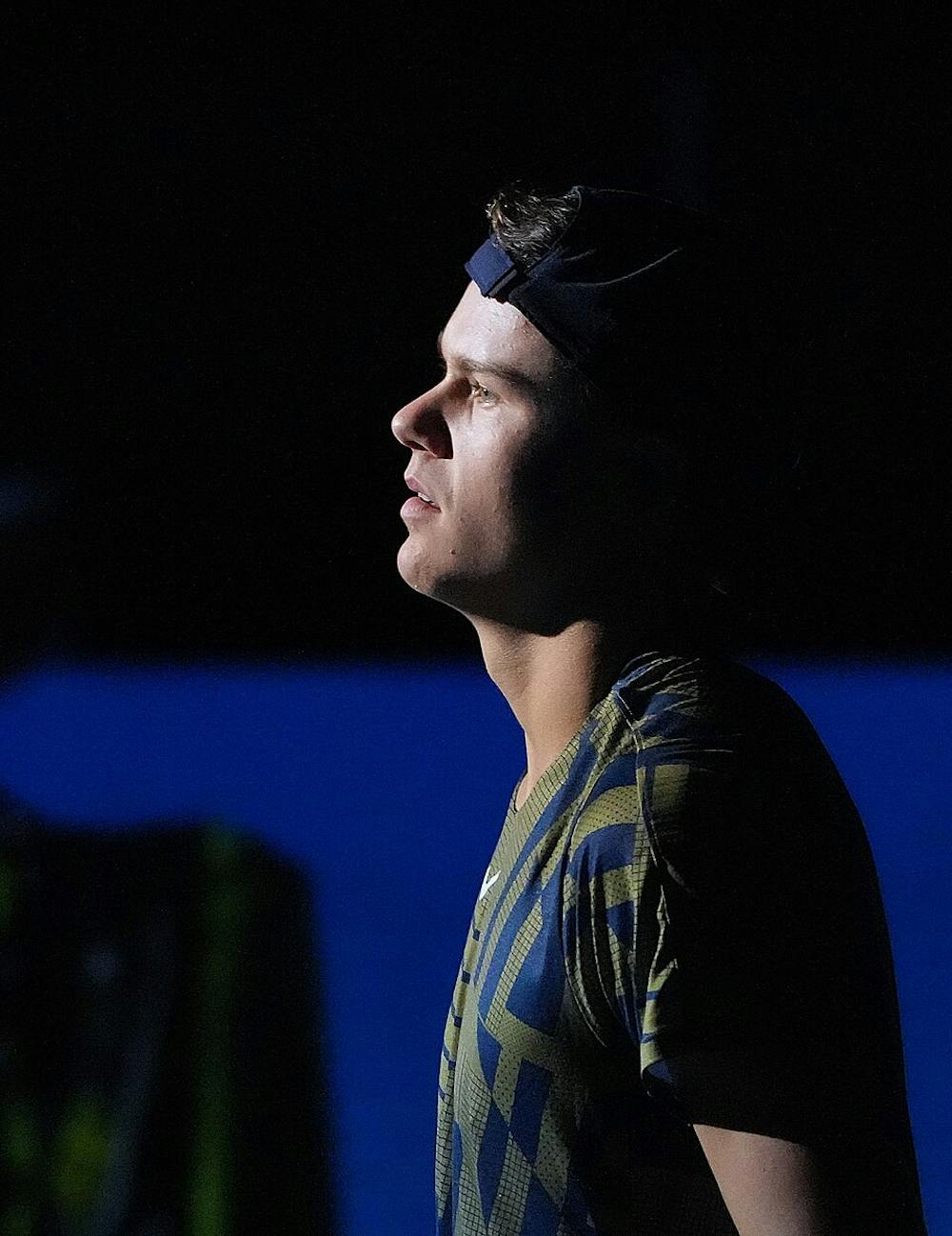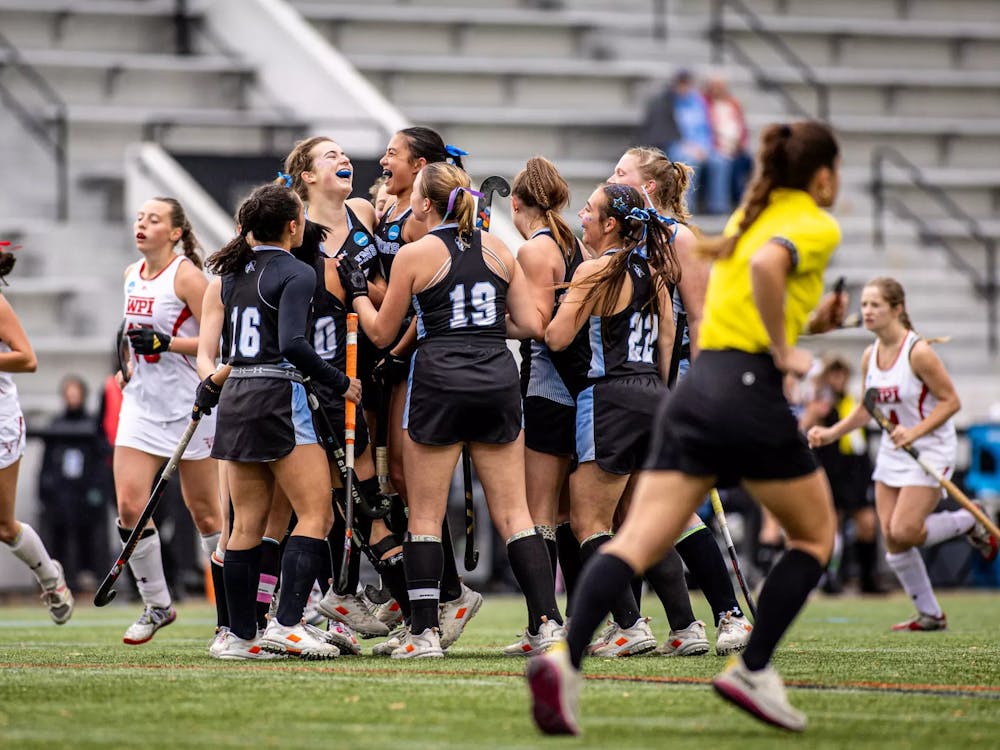How the ATP Tour is organized
The Association of Tennis Professionals (ATP) season begins in January with tournaments in Australia and New Zealand. The competition then shifts to the United States by late February to March, followed by European tournaments such as Monte Carlo, Madrid and Halle during mid-spring and summer.
Later, there is another run in North America culminating with the last of the four annual Grand Slams, the U.S. Open. The tour then flies to Asia. Besides the world-renowned Grand Slams, top players are required to participate in eight out of nine Masters 1000 tournaments, which are of secondary importance after the Majors. Also required is a minimum of four high-level ATP 500 tournaments. Top players also choose to enter ATP 250 events for the sake of their rankings. With the professional tennis schedule lasting nearly a year, 90% of which is time on the road, “busy” is an understatement.
Physicality of the sport
It is not only the exhaustive scheduling that is of concern, but the lack of flexibility in having proper periods to recover. Traveling between continents entails adapting to new time zones and various climate conditions, where particularly humidity and high temperatures are the cause of countless medical timeouts and even tournament withdrawals. Dilemmas with late-night scheduling arise especially with longer matches that last five hours or more. Since the structure of the schedule is strict, a player and their opponent must be ready for their set match, regardless of the duration or conditions of the previous one played.
Changes in court surfaces must also be highlighted, as ball response differs, and style and speed of play must be adjusted accordingly. For example, on clay courts, the ball bounces higher and heavier, absorbing pace and thus decelerating. Consequently, slower, more consistent rallies are commonly played. In contrast, grass courts feature a skidding, low-ball bounce and decreased traction, calling for shorter rallies with less time to react. Various types of injuries are more commonly sustained in specific courts, such as upper limb overuse injuries resulting from longer, physiologically demanding rallies on clay. Lower back strains are caused by slipping on grass and stretching for faster balls. The back-to-back playing time, combined with the rapid adjustments required by changes in conditions and the lack of a proper off-season, may not only increase the risk of injury but also mark the start of long-term health concerns or chronic pain.
The individuality of the sport means that any regression in agility or speed noticeably impacts game level. It is the technicality of the sport that makes constant drills honing hand-eye coordination, athleticism, footwork and countless other skills so imperative. Players often train with other competitors on tour as well as their coaches, so practices can get intense. Conditioning for stamina is essential to last the duration of a match. Unlike other team sports, the physical demands required of a game are solely dependent on the player’s previous training and current condition. There are no substitutions, half-times, distributed roles and team-based collaborative strategies to utilize.
However, since the ATP Tour is centered on point-based rankings, players must take advantage of each given opportunity to avoid rank slip, even if that means putting their bodies at risk. This year, 24-time Grand Slam winner and veteran of the tour, Novak Djokovic, attempted to play through a muscle tear at the Australian Open. He ultimately decided to withdraw. Additionally, the current highest-ranked Canadian player Felix Auger-Aliassime took a medical timeout for a calf issue only to continue playing through it. This system almost forces its players to continue entering tournaments to avoid tougher seedings in future tournaments. By similar logic, for the sake of minimizing rank tanking, players who are injured may feel obligated to push their bodies toward the quickest recovery to return to tour, instead of prioritizing a more thorough recovery process.
Most recently, Djokovic had to withdraw from the ATP Nitto Finals, a saddening move considering it’s the tour’s season finale, exclusive to the top eight qualified singles players and doubles teams internationally. Less than two months ago, Holger Rune devastatingly tore his Achilles tendon. The 22-year-old Danish rising star may need to sit out the 2026 ATP season, as a lengthy rehabilitation process lies ahead. These are only two examples among countless injury risk and management concerns this season.
Impact on Mental Health
The prize money also makes each tournament a high-stakes endeavor, considering the costliness of being on tour. The difference in this year’s U.S. Open prize money (singles matches) between winning the tournament and being in the first round amounted to roughly five million dollars. Even at a smaller scope, the runner-up receives two and a half million less than the winner, stressing just how important each advancement really is. With players’ earnings directly related to the results they produce, they face continual financial pressure to cover expenses such as travel, coaching and housing.
In addition to these mental burdens and high expectations to perform, other sources of burnout stem from the constant travel, the physical demands of the sport and the time spent away from family and home. Number one British ATP player, Jack Draper, admitted, “in a sport that’s quite lonely, being on the road for those extra days and not having the time to come back in between and just feeling like you’re on a constant treadmill where it’s like one big event after one big event after another one.” The grueling length of the season has a toll on the mind as much as it has on the body.
Hopes for a modified schedule
This all makes you wonder how many more years a player’s career could be extended with reasonable adjustments to scheduling. As fulfilling as professional tennis athletes find their journeys, it is equally important to protect their overall health and maximize longevity and pursuit in the sport they love. To this, a call for change must stem from the players themselves to spread awareness, as well as from tournament and tennis organization coordinators to protect their players.





